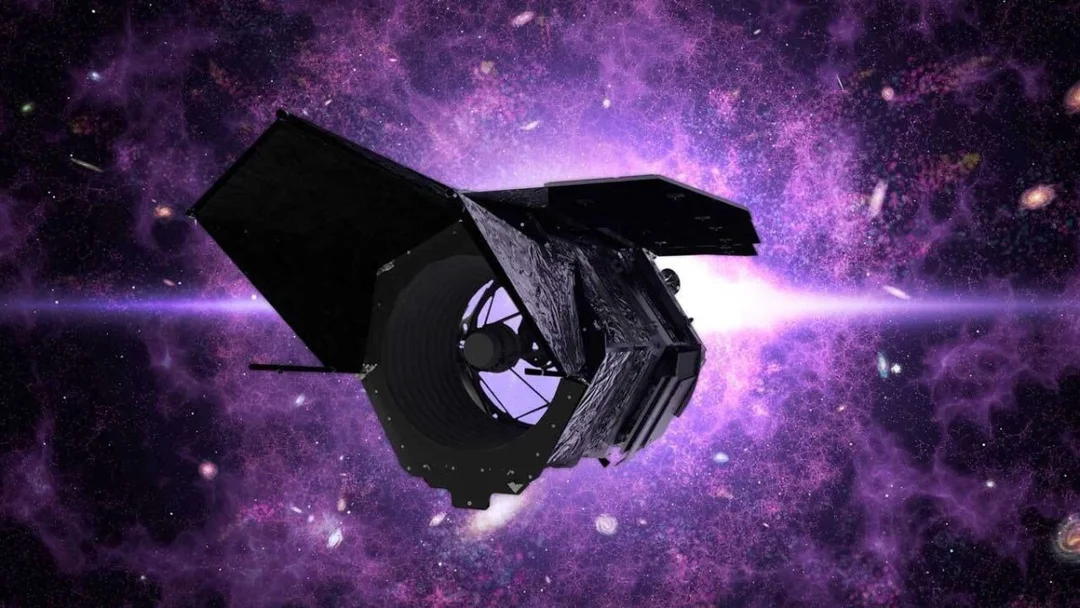
NASA’s Roman Space Telescope Faces Budget Cuts Despite Promising Exoplanet Discoveries
The Nancy Grace Roman Space Telescope, NASA's next-generation observatory, is facing potential budget cuts that could jeopardize its launch, currently slated for early 2027. Despite this setback, engineers have successfully completed testing on a crucial half of the telescope, marking a significant step toward its readiness for space.

Budget Woes Loom
The White House is proposing a substantial 24% cut to NASA's budget in 2026, the largest in the agency’s history. These cuts could affect major projects, including the Roman Space Telescope. While funding for the Hubble and James Webb Space Telescopes appears secure, the fate of other telescopes remains uncertain. This has sparked concern within the scientific community, as the Roman Space Telescope is poised to revolutionize our understanding of exoplanets and the structure of the universe.
Progress Continues Amidst Uncertainty
Despite the budget concerns, NASA engineers are pushing forward with the telescope's development. Recent milestones include attaching the deployable aperture cover and test solar panels. The entire setup was then moved into the Space Environment Simulator at NASA's Goddard Space Flight Center to mimic the harsh conditions of space.
"This test verifies the instruments will remain at stable operating temperatures even while the sun bakes one side of the observatory and the other is exposed to freezing conditions," said Jeremy Perkins, an astrophysicist serving as Roman's observatory integration and test scientist at NASA Goddard.

The Roman Space Telescope's Unique Capabilities
The Roman Space Telescope is designed with a unique wide field instrument, allowing it to observe vast areas of the sky at once. This capability distinguishes it from other telescopes, including the JWST. It is expected to detect approximately 2,500 exoplanets through a microlensing survey, providing a complete picture of planetary systems, especially in their outer reaches. Crucially, it could also detect exomoons for the first time, potentially answering fundamental questions about the conditions for habitable planets.
Loss of Scientific Discovery
According to Mary Anne Limbach, an astronomer at the University of Michigan, canceling the Roman Space Telescope would be devastating for the future of exoplanet research. She emphasizes that the telescope has the potential to uncover discoveries we haven’t even imagined yet. One key mission is the search for moons and rings beyond our solar system. The telescope’s Coronagraphic Instrument (CGI) could even capture the first direct images of planets orbiting other stars with Saturn-like ring systems.

The History of Infrared Astronomy
The Roman Space Telescope represents the next step in infrared astronomy. From William Herschel's discovery of infrared radiation to the successes of the Spitzer Space Telescope and the WISE mission, infrared telescopes have proven invaluable for observing cold objects, penetrating dust clouds, and studying galaxies at large distances. The Roman Space Telescope aims to build on this legacy, pushing the boundaries of our knowledge of the universe.
What's Next?
Technicians are expected to connect Roman's two main sections by November, with the telescope becoming a fully assembled observatory by the end of the year. After final testing, it will be shipped to NASA’s Kennedy Space Center in Florida for launch preparations. Whether these milestones will be achieved as planned, given current budget uncertainty, remains to be seen. But NASA scientists remain hopeful about a potential liftoff as soon as fall 2026.
Will the Roman Space Telescope overcome its financial hurdles and unlock the secrets of distant worlds? What do you think NASA's priorities should be in the face of budget constraints? Leave your comments below!